Gibraltarian street names installed to celebrate multilingualism and cultural identity
The Ministry for Heritage, in collaboration with Multilingual Gibraltar, has announced the installation of Gibraltarian street names across Gibraltar as part of a wider initiative to promote multilingualism, heritage, and cultural identity.
The project aims to revive street names once commonly used up to the 20th century, which have faded from use over time due to a decline in Spanish and Llanito speakers.
According to the Ministry, the initiative seeks to recover the memory and legacy of Gibraltar’s streets by honouring the names used by past generations. The street signs, crafted in ceramic, are designed to transition these traditional names from the intangible to the tangible, ensuring their recognition by future generations.
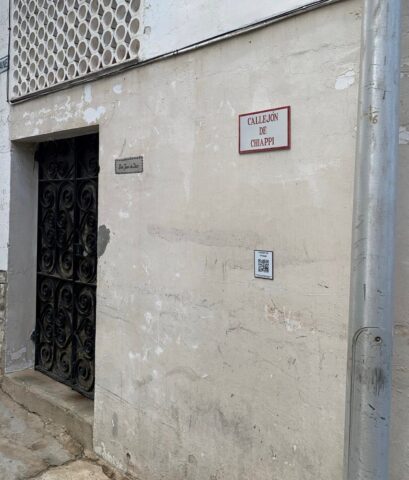
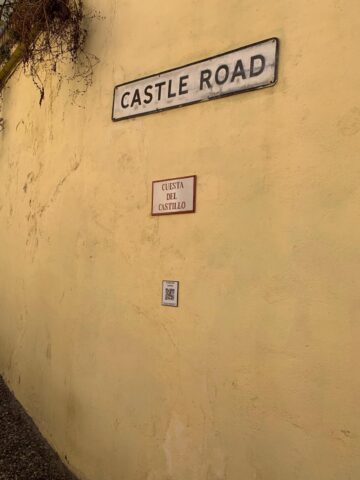

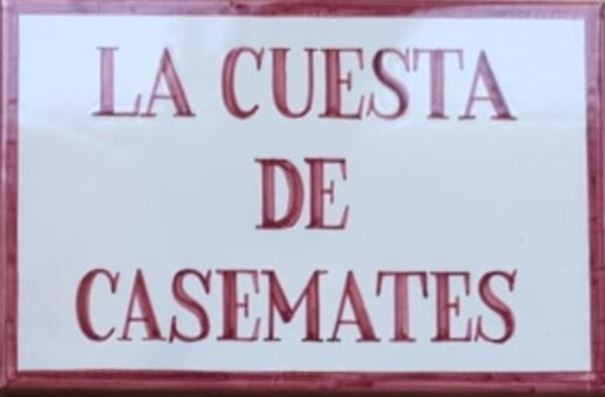
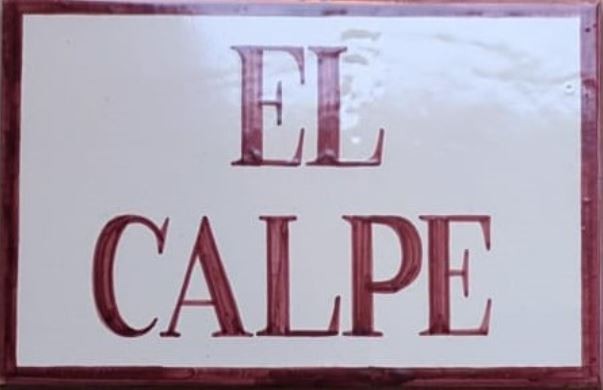
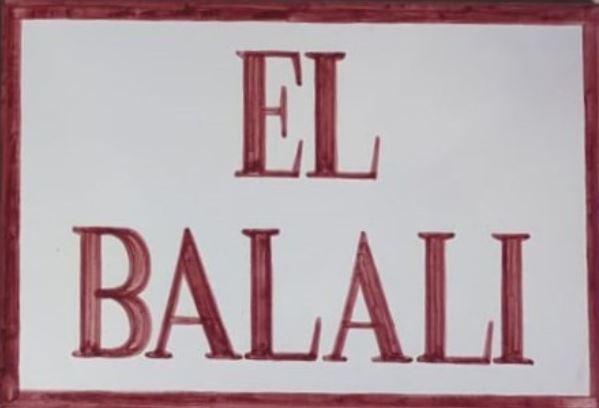
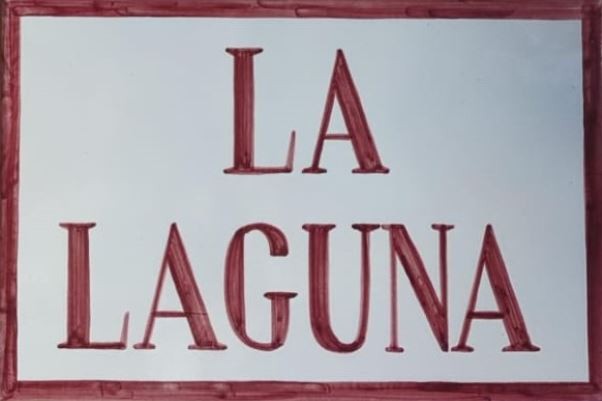
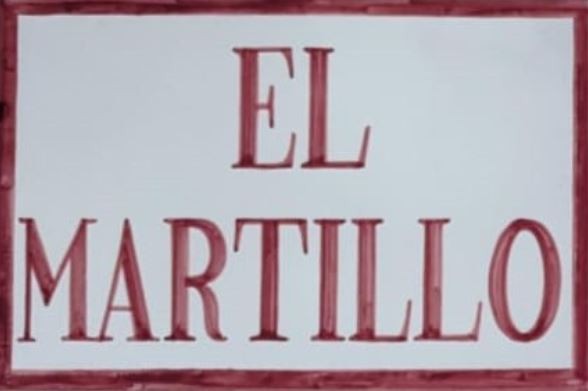
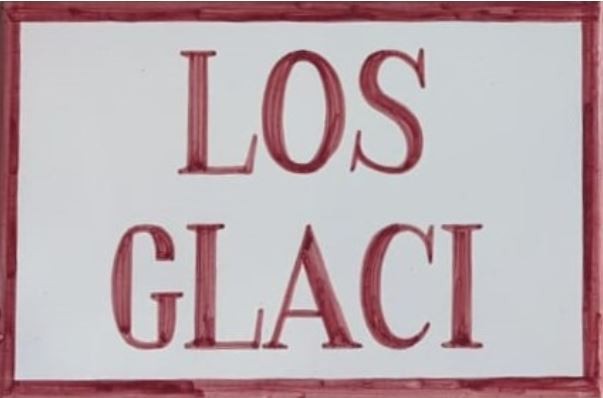
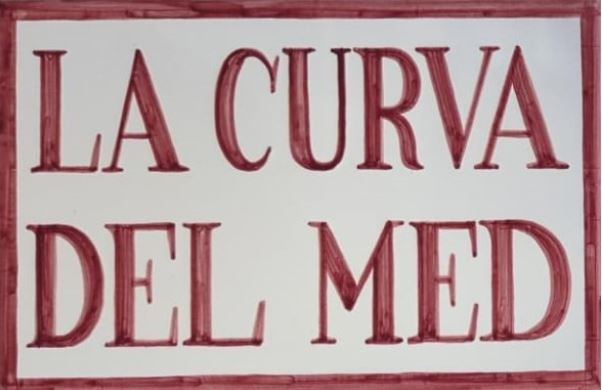
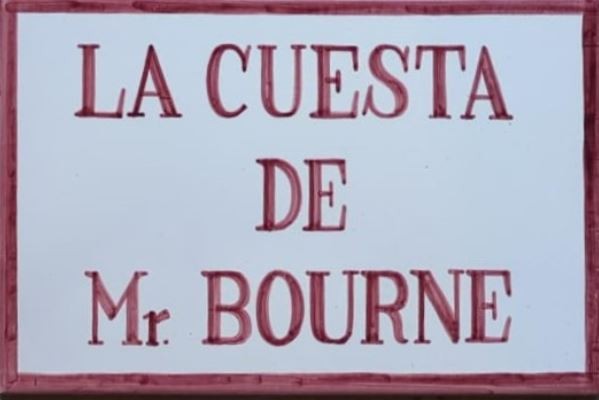
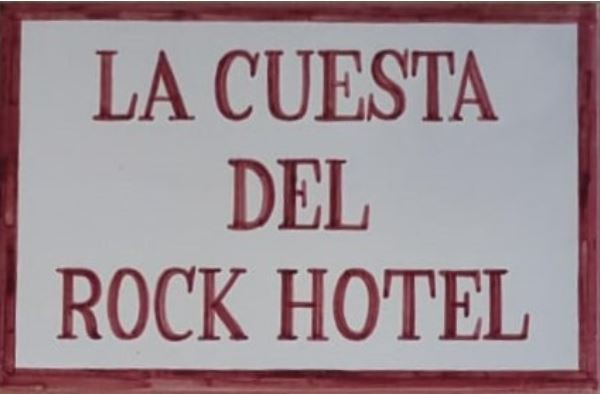
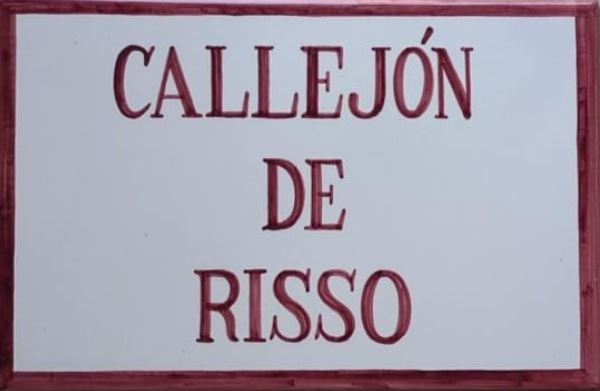
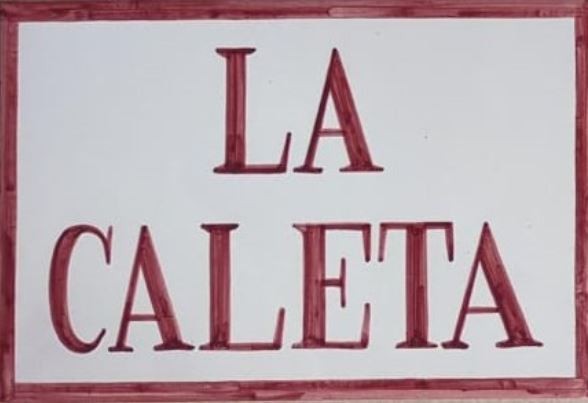

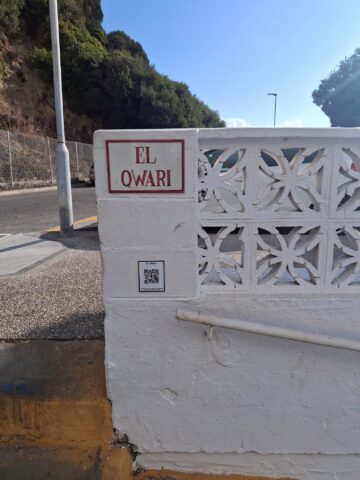
Street naming in Gibraltar became official in the 1870s with the introduction of English signage by the police. Before this, names were based on function or prominent landmarks. Despite official names being established, many Gibraltarians continued to use traditional Spanish names, some of which were recorded in the 19th century by Rodolfo Bandury and the Reverend Stewart Patterson.
Over the years, local historians such as Dorothy Ellicott, Tito Benady, Manolo Galliano, and Tito Vallejo have contributed further research, which has been used in selecting names for the new ceramic signs. Each sign includes a QR code linking to historical information.
The project has involved collaboration with the Gibraltar National Archives, the University of Cambridge, and focus groups of Gibraltarians. Contributions from Manolo Galliano and Victor Hermida, particularly their book A Rocky Labyrinth, were noted. The ceramic signs were produced by Ceramica Rosi in Talavera de la Reina, Toledo.
The ceramic signs were chosen for their distinct appearance, durability, and reversibility. They feature a red border and typography on a white background and are crafted from a single tile to provide a clean and uniform look. The design draws on Mediterranean influences while maintaining a connection to Gibraltar’s unique identity.
The Ministry emphasised that the project is flexible and open to feedback, recognising that street names can evolve over time and may vary among different community groups.
The initiative supports broader efforts by the Government of Gibraltar to protect and promote Gibraltarian heritage, including the preservation of Llanito, as set out in the Government’s 2023 manifesto.
The Minister for Heritage, Dr John Cortes, said: “The streets of Gibraltar have always carried the stories of our people, our culture, and our identity. This project not only revives the names we have lost but also reinforces the strong connection between our past and our future.”
“Through the installation of these street names, we celebrate the linguistic and cultural diversity that makes Gibraltar truly unique.”
“They include almost forgotten names and also well known names still in everyday use, in Spanish, such as ‘Calle Real’ and ‘La Laguna’, in English, like ‘Glacis’, and in Llanito, such as ‘El Qwari’ and ‘El Rolli’.”
“It is an excellent initiative, which will ensure that future generations continue to recognise and embrace the rich heritage of our community.”









